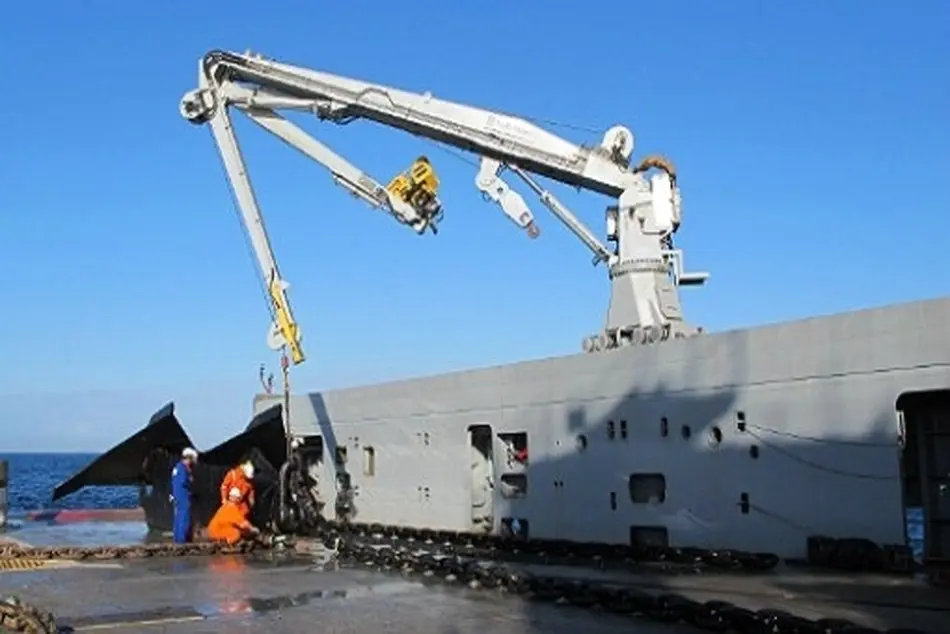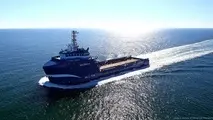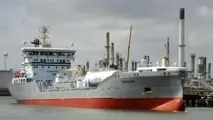|
News Code
74547
Copied
ABS releases new guidance for certifying lifting appliances
Structural requirements for shipboard, offshore and heavy lift cranes have been completely revised and updated. New requirements have been added for subsea lifting, motion compensation systems, rope tensioning systems and computer-based control systems for cranes.

TIN news: ABS has published a new edition of the ABS Guide for Certification of Lifting Appliances that includes construction and operation of modern lifting appliances.
The revised ABS Lifting Appliance Guide provides the marine and offshore industry with a clear and precise set of requirements that fully address the existing and new technologies. The input from industry experts, gathered over a two-year period, is reflected in the Guide’s more precise requirements for crane machinery; electrical and control systems; structure, material, fabrication, nondestructive evaluation and testing.
Structural requirements for shipboard, offshore and heavy lift cranes have been completely revised and updated. New requirements have been added for subsea lifting, motion compensation systems, rope tensioning systems and computer-based control systems for cranes.
Particular attention was given to updating requirements for personnel lifting. For the emergency recovery of personnel, three different levels of redundancy in the emergency recovery control systems of cranes have been established, corresponding to the personnel lifting notations PL, PL+ and PL++.
“The new Lifting Appliances Guide is a single point of reference for certification,” says ABS Vice President and Chief Engineer James Gaughan. “The improved presentation of the requirements facilitates use of the Guide and improves consistency in implementation.”
The revised Guide includes a number of class notations for ABS classed units with certified lifting appliances, including the CRC (Crane and Lifting Appliances Register Certificate) Notation, CGSU (Cargo Gear Self Unloading) Notation and SElev (Shipboard Elevator) Notation, while the CRC notation is now further supplemented with crane and lifting appliance specific notations, such as SC (Shipboard Crane), OC (Offshore Crane), HC (Heavy Lift Crane), SP (Special Purpose Crane), MRW (Man Riding Winch), RMP (Ramp and Moveable Platform), PL/PL+/PL++ (Personnel Lifting) and Subsea (Subsea Lifting).
The menu of notations offered by the Guide will allow owners and operators to tailor the certification of their lifting appliances to best fit their objectives while maintaining a focus on safety.
The revised ABS Lifting Appliance Guide provides the marine and offshore industry with a clear and precise set of requirements that fully address the existing and new technologies. The input from industry experts, gathered over a two-year period, is reflected in the Guide’s more precise requirements for crane machinery; electrical and control systems; structure, material, fabrication, nondestructive evaluation and testing.
Structural requirements for shipboard, offshore and heavy lift cranes have been completely revised and updated. New requirements have been added for subsea lifting, motion compensation systems, rope tensioning systems and computer-based control systems for cranes.
Particular attention was given to updating requirements for personnel lifting. For the emergency recovery of personnel, three different levels of redundancy in the emergency recovery control systems of cranes have been established, corresponding to the personnel lifting notations PL, PL+ and PL++.
“The new Lifting Appliances Guide is a single point of reference for certification,” says ABS Vice President and Chief Engineer James Gaughan. “The improved presentation of the requirements facilitates use of the Guide and improves consistency in implementation.”
The revised Guide includes a number of class notations for ABS classed units with certified lifting appliances, including the CRC (Crane and Lifting Appliances Register Certificate) Notation, CGSU (Cargo Gear Self Unloading) Notation and SElev (Shipboard Elevator) Notation, while the CRC notation is now further supplemented with crane and lifting appliance specific notations, such as SC (Shipboard Crane), OC (Offshore Crane), HC (Heavy Lift Crane), SP (Special Purpose Crane), MRW (Man Riding Winch), RMP (Ramp and Moveable Platform), PL/PL+/PL++ (Personnel Lifting) and Subsea (Subsea Lifting).
The menu of notations offered by the Guide will allow owners and operators to tailor the certification of their lifting appliances to best fit their objectives while maintaining a focus on safety.



